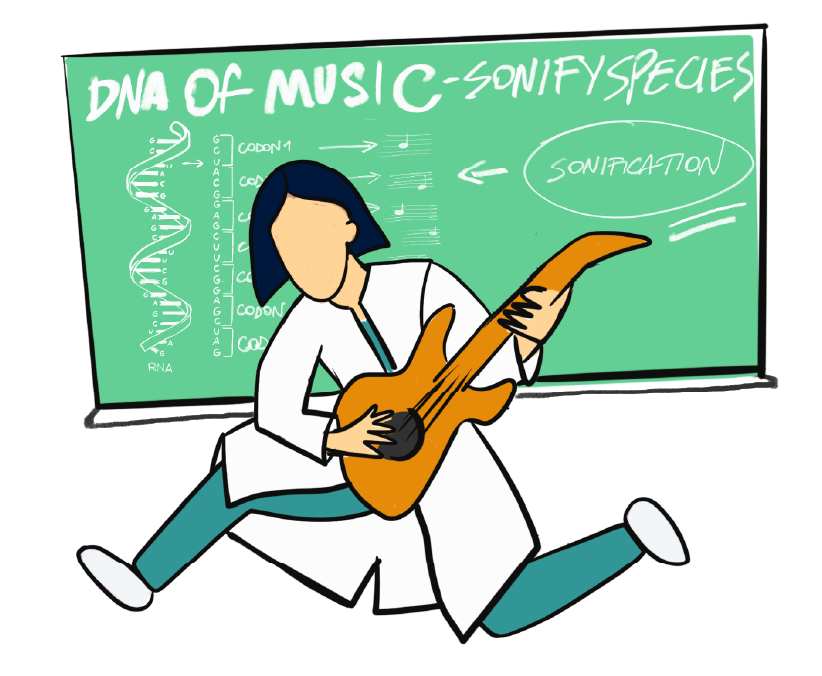How Sonification works
The Art of Musification
The process of The process of “musification,” which translates DNA sequences into musical compositions, begins with an intricate method called individual mapping. This phase focuses on converting the genetic information of a single organism into a musical score, offering a novel way to appreciate biodiversity through the interplay of science and art.
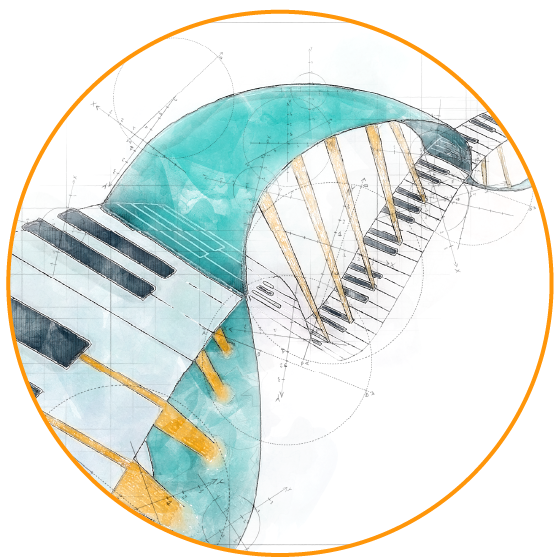
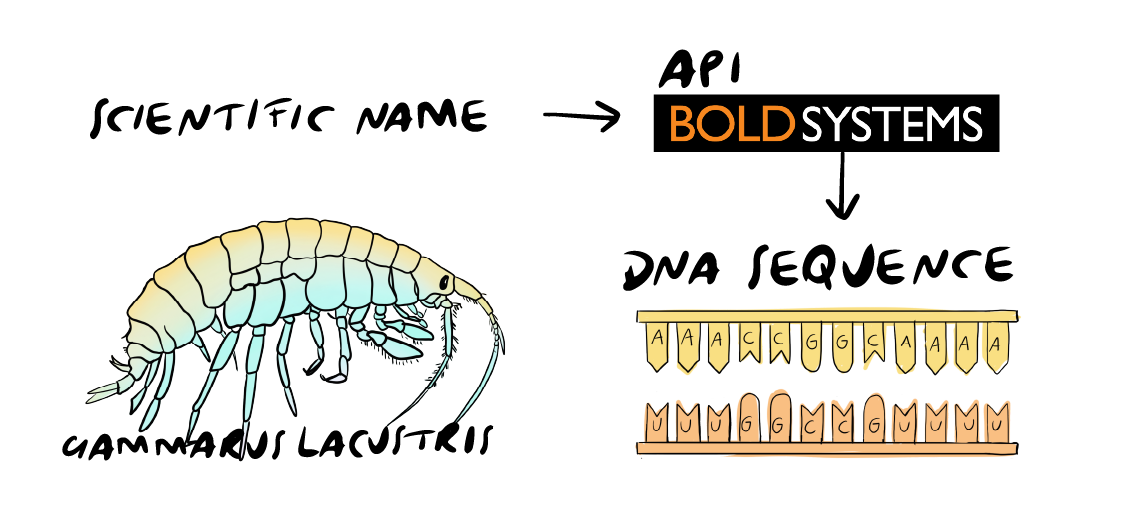
Translating DNA to Music
The journey starts with a scientific name, such as Gammarus lacustris, and can include additional details like geographic location and institution. Using the BOLD System API, the software fetches DNA sequence data along with class and phylum information for the organism. This data forms the foundation for the musical composition.
Ensuring Data Accuracy
Before diving into the musical translation, the system verifies the genomic data by splitting the DNA sequence into three-letter segments, known as trinucleotides. This step helps identify potential errors in the genomic sequence, ensuring that the musical representation is accurate.
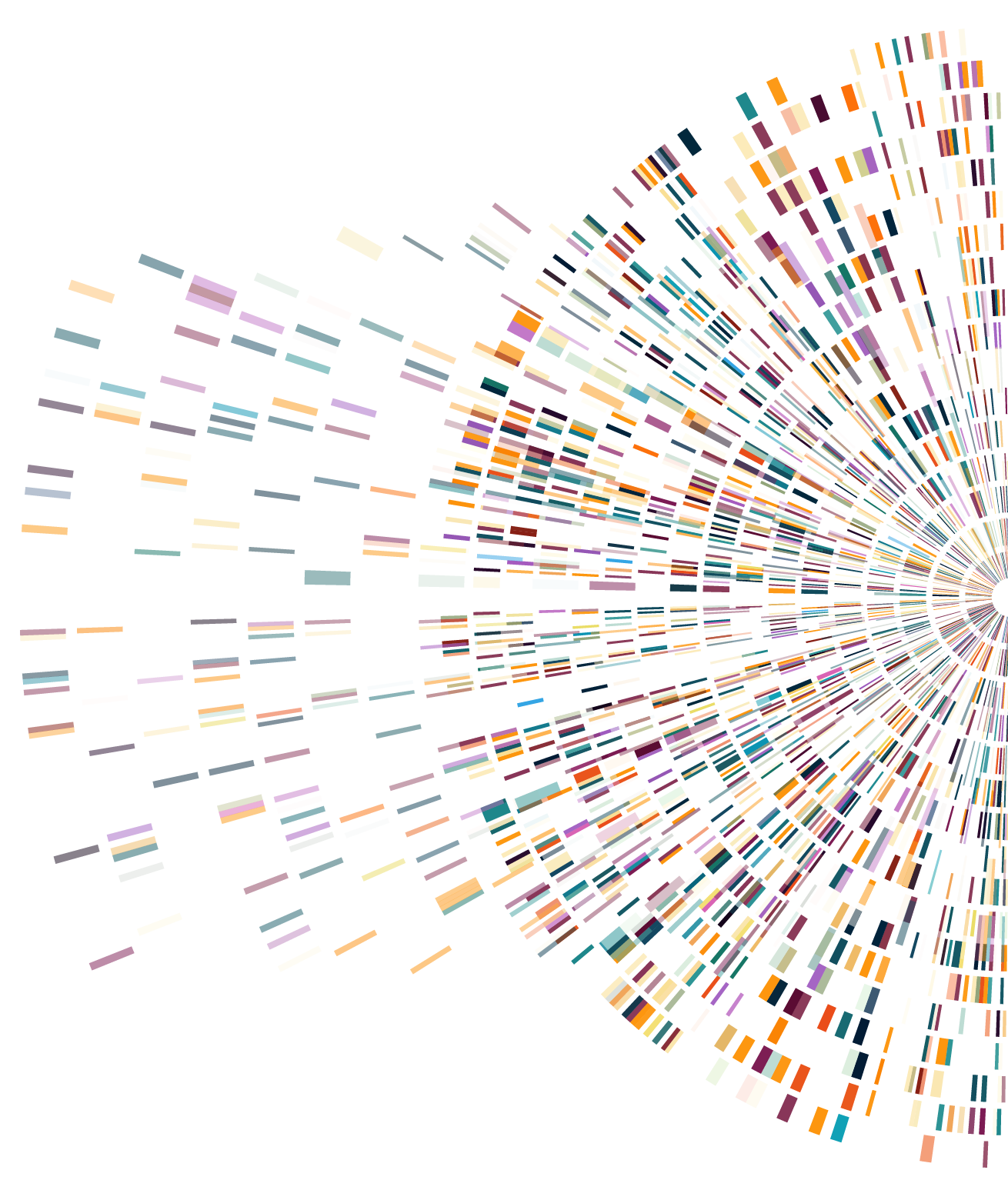
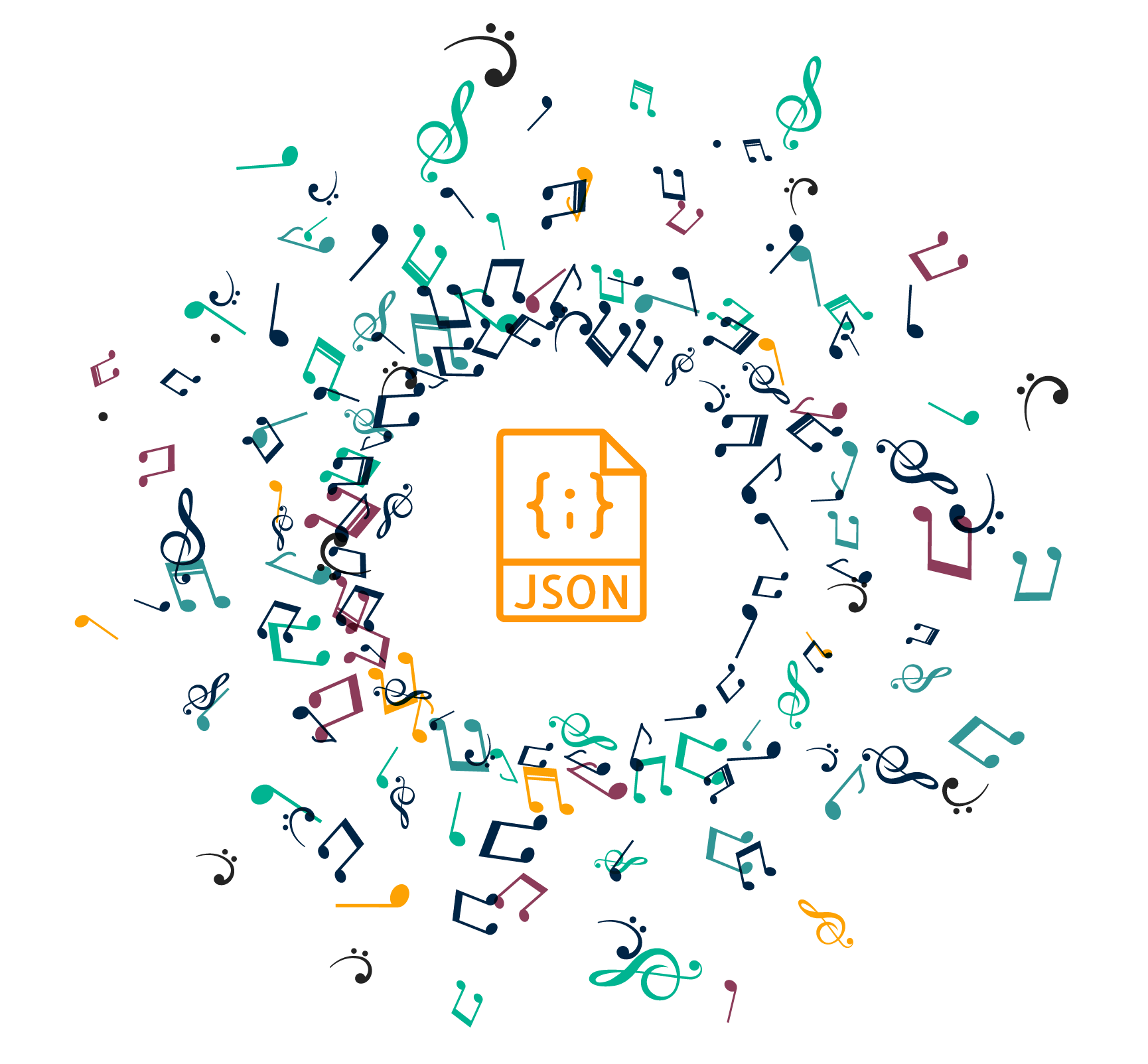
Mapping Genetic Information
Key information for the mapping process is drawn from JSON files tailored to the organism’s phylum and class. These files provide essential details for converting genetic data into musical elements. Instrument information is also retrieved from these JSON files based on the organism’s class, linking specific sounds to the genetic code.
Codon Analysis and Note Assignment
The core of individual mapping lies in analyzing the codon distribution within the DNA sequence. Codons, which are triplet combinations of nucleotides, determine the duration of each musical note. This step is crucial as it translates the biological blueprint into melodic and rhythmic patterns. Notes are then assigned to each codon based on amino acid supersets. This method ensures that the music accurately reflects the genetic sequence, with each note symbolizing a specific codon.
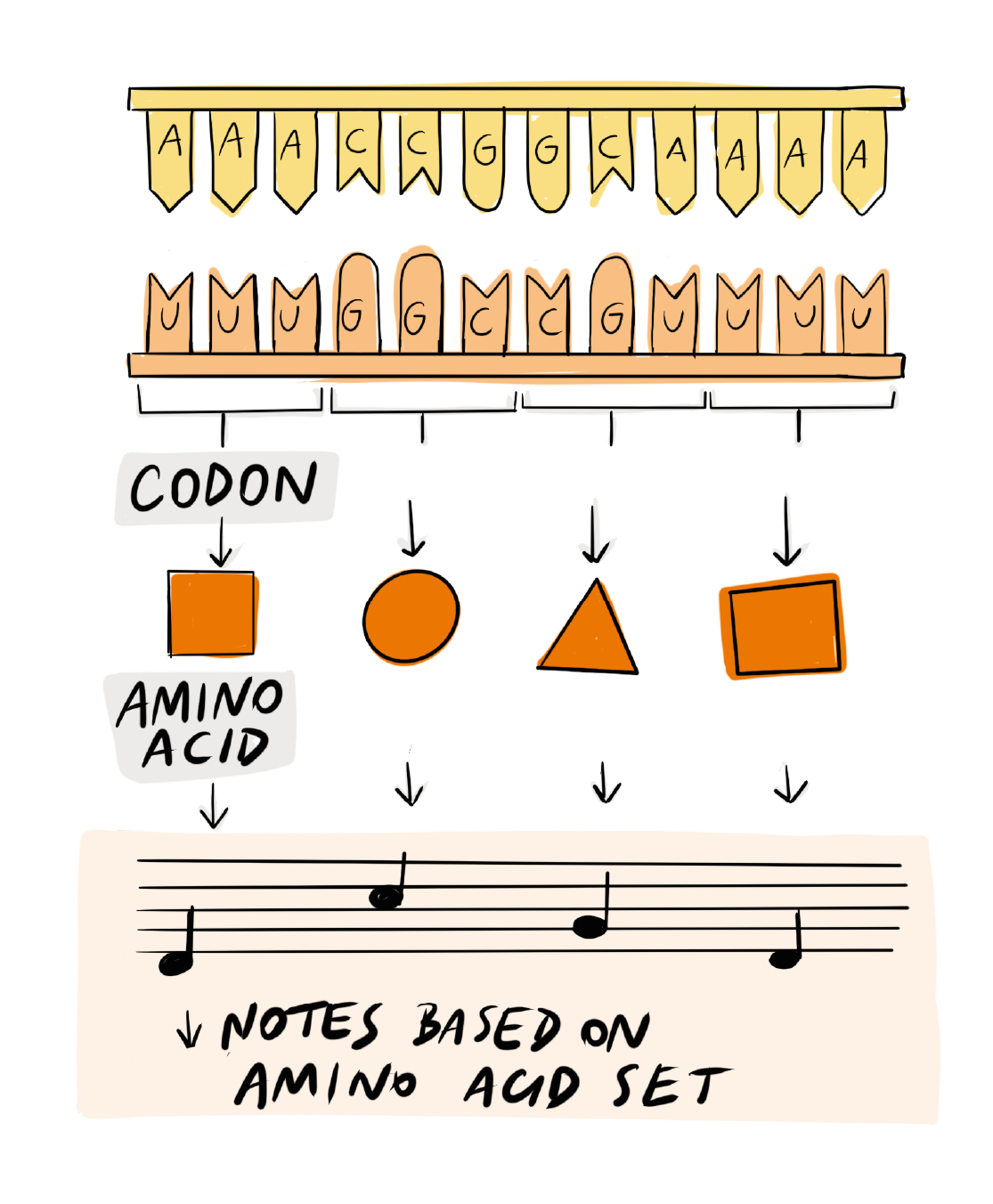
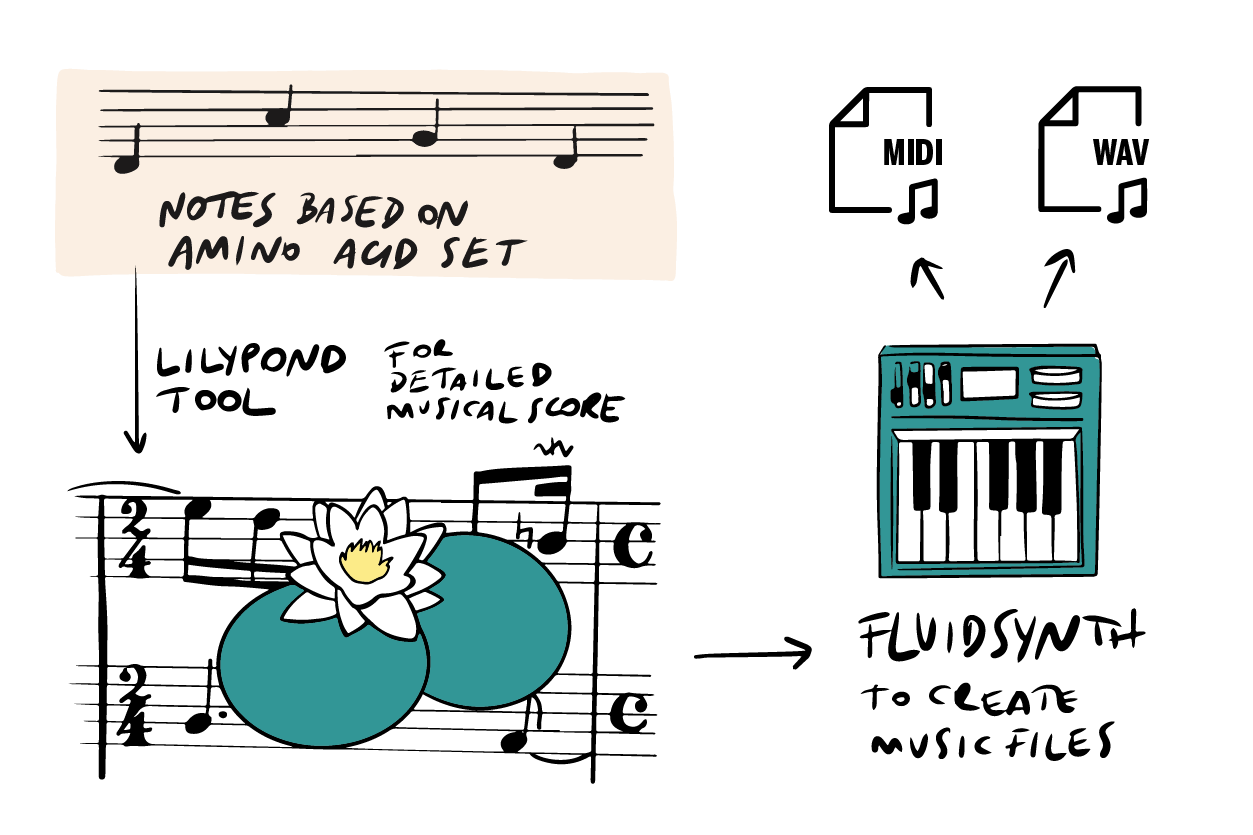
Generating the Musical Score
Once the notes are assigned, the Lilypond tool is employed to generate a detailed musical score. This score is then used to create music files in both MIDI and WAV formats using Fluidsynth, providing an auditory representation of the DNA sequence.
Conclusion
Individual mapping within the musification process represents a groundbreaking approach to exploring and appreciating biodiversity. By transforming DNA sequences into music, it bridges the gap between scientific data and artistic expression, providing a harmonious blend of knowledge and creativity. This innovative method not only enriches our understanding of genetics but also fosters a deeper connection with the natural world through the universal language of music.
